Riding the Bus Here and There
/ |
| Shaan Embrey and Sofie Falenius are visiting Northern Michigan from Sweden. During their stay, they are riding public transit and writing a report about what works and what doesn't |
Re-posted from Our Voices, the blog of the Michigan Land Use Institute. Click to see the original post.
Shaan Embrey and Sofie Falenius are from Norrkoping, Sweden. It is a place where you don’t need a car. Embrey and Falenius walk, ride their bikes, the bus or tram to anywhere they want to go.
The two college students visited northern Michigan recently and are writing a college thesis report about their experiences with transportation here in this region. Public transit in Sweden, they said, is accepted by just about everyone as the easiest way to get around, and the fact that it requires public funding is just not a major issue in Sweden.
“We don’t have the need for a car,” Ms. Embrey said. “When you take public transit, you can read a book, read a newspaper, and not deal with parking.”
Here in northern Michigan, the idea of living without a car can certainly seem a world away. The reality is that most families in northern Michigan need one car because public transit is not available at all times, and when it is available, it’s not as convenient as it could be.
We find ourselves driving to get what we need almost all the time. Families in our region spend on average some $11,000 a year to get around, and many of us have to live in areas that require long commutes to work so we can afford the rent or mortgage. This, in turn, leaves commuters struggling to pay for the transportation just to get to and from work.
Given this, Embry and Falenius decided to use their trip to gather information that might, one day, assist northern Michigan in developing a better transportation system. The pair’s families are friends of longtime Benzie County resident and public transit advocate Ingemar Johansson, so during their weeks-long stay in Benzie County to visit, they rode the bus. They now plan to write a report for a thesis in their college logistics class.
The pair said public transit in a rural area like northern Michigan is very different from their experience in Sweden. At home in Sweden, the bus runs what are known as direct routes. This means the bus shows up at the same place at the same time every day, and it makes the same stops on a direct route to a final destination. This direct route from one destination to another makes the bus very timely and reliable.
Here, the experience riding the bus can be very different. Most of the bus systems run a dial-a-ride route, in which the rider has to call ahead of time to book their seat on the bus. Then, the bus takes people door-to-door, meaning the bus routes can often meanders to riders’ homes on varying routes, making the bus not as timely as it could be.
“I think it takes too long – so much going around,” Falenius said. “I just want to go straight into Traverse City and not do that many stops driving around.”
Bus stops, they said, aren’t always well-marked, and it can be confusing to figure out which bus they are supposed to get on.
“It could definitely be clearer,” Embrey said. “At home, you go online and you can write in your departure and where you want to go and it will tell how long it will take.”
Our transit leaders are already taking important steps to address the direct versus dial-a-ride route issue. We’ve reported on those issues extensively, but there is still much to be done.
Embrey and Falenius remind us that some basic changes to the way bus routes are run here can greatly improve the attractiveness of public transit to commuters and our mobile workforce.
Glenn Puit is a policy specialist at the Michigan Land Use Institute. Reach him at glenn@mlui.org.












